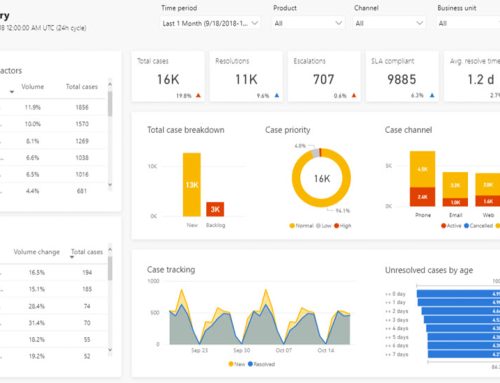Cpk and Ppk are process capability and performance measures. Is it possible for a process to be capable? Is the procedure satisfactory? How is the entire process functioning as opposed to how it might potentially be functioning? These are queries you may ask throughout a DMAIC project, either during the measurement process or after you’ve applied your changes.
What is Cpk?
Cpk is a standard measure used in process capability analysis that tells you the progress of your process and if it met the expectations and criteria of your clients.
The objective of process capability is to provide a quantifiable metric that tells you if you are fulfilling your customers’ expectations or not, and a relative value telling you if you are fulfilling the demands or how poorly you are falling short.
What is Ppk?
Ppk is a process performance index that indicates how a system is meeting the criteria. Ppk analyses utilize real sigma (particular sigma) and indicate how well the system performs when compared to the requirements.
What is the Need for Process Capability Process?
Below are some examples on why need to understand process capability:
- Evaluating a process’s prospective capacity at a given moment or points in time in an attempt to acquire quantities within a requirement;
- Predicting a process’s future prospects to produce a value within a standard specification based on relevant measurements;
- Identifying process improvement possibilities by lowering or perhaps eliminating possible causes of variation.
Cpk is an image or set of pictures of a procedure at certain times that are used to evaluate a process’s ‘local and timely’ capabilities. Consider Cpk to be a point of entry into a much bigger population increase of data processing.
Cpk is made up of measures generated as logical sub-groups. A subgroup is a set of measurements that constitute a sample of a process. They should be taken at one time, in the same method, and a regulated manner.
Ppk will show what the prospective process is capable of in the near future. Ppk incorporates subgroup variability as well as any process-related variation, such as shift and drift. Another important distinction is that Cpk only contains common cause variation, while Ppk contains common and special cause variation.
What is the Difference between Cpk and Ppk?
Cpk, or process capability, is significant because it reveals if a process has the capacity to satisfy a requirement. It is basically a forecast of a process’s capacity to satisfy a requirement.
Ppk, or process performance, is essential since it reflects how the real process worked overtime. It is basically an assessment of how effectively a procedure is performed.
Cpk is applied to a subset of data, whereas Ppk is applied to the entire process. Cpk is commonly used during processes in optimal circumstances to determine whether the process can reach the criteria. Ppk data collecting is more genuine since it does not exclude meaningful results. In contrast, Cpk data gathering may accidentally slant the information into seeming like a process is competent but not treating its efficiency.
When the Cpk calculation yields a large figure (the standard industry recommendation is 1.66 or above), it is a solid sign that the operation is statistically under control. If the Cpk and Ppk computations are very near or equal, it is much more likely that the process is statically under control.
However, if the two computations disagree significantly, even though the Cpk value is satisfactory, this indicates that the process is not in static equilibrium since more data sets have been assessed in actual operating circumstances.
In the long run, it is unclear if regular components are created. Although the parts are within the specified limitations, they might be the higher or lower end of the standard. If a process is unable to manage that variance properly, it may result in various difficulties such as installation difficulty, performance concerns, and other quality problems, all of which involve a significant amount of time and money.
Another thing to keep in mind is that many individuals and resources will get the meanings mixed up. You should always ensure that the prospective versus the actual is specified so that both sides share a common language. Everybody will be on the same page as a result of this.






